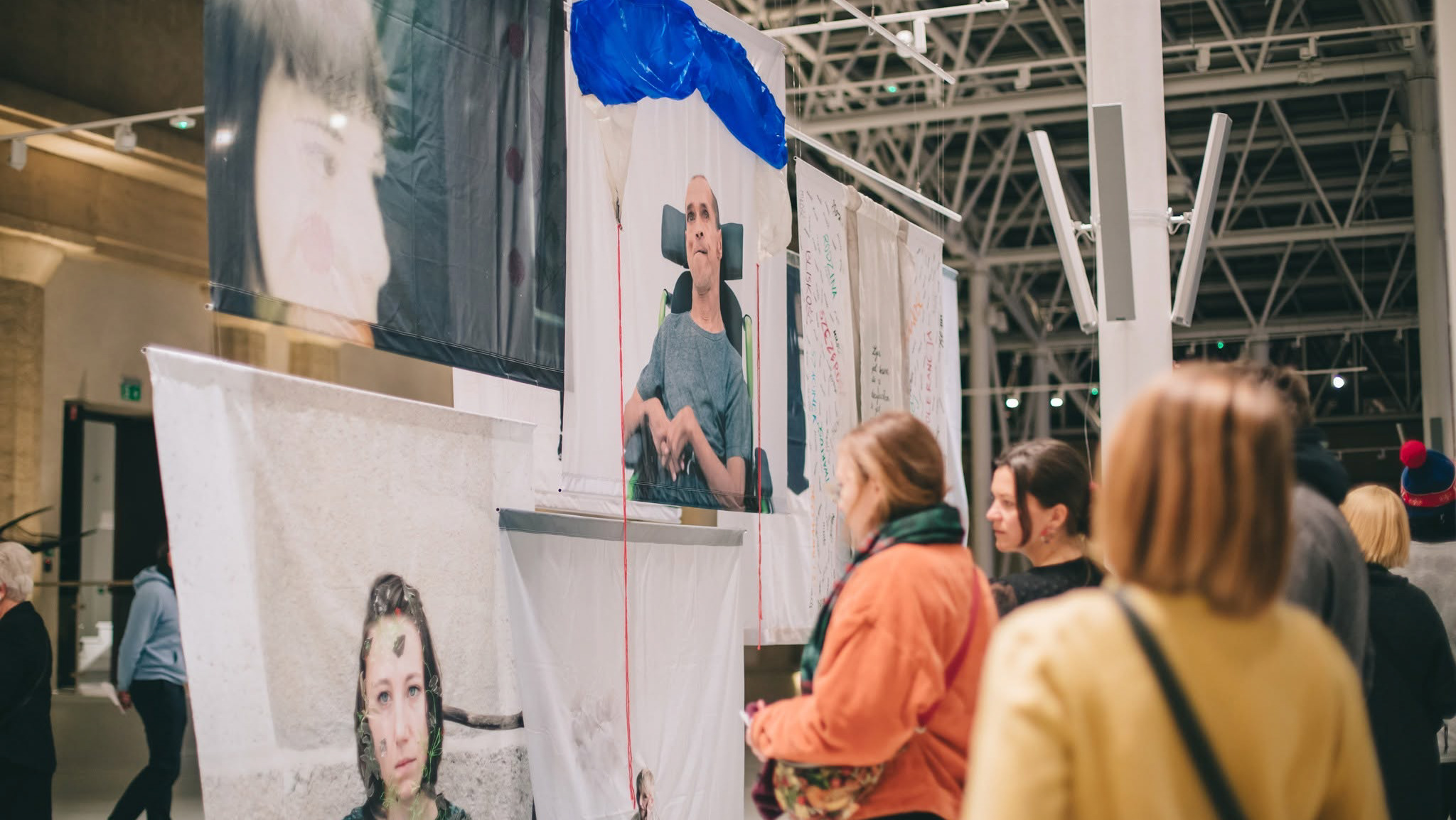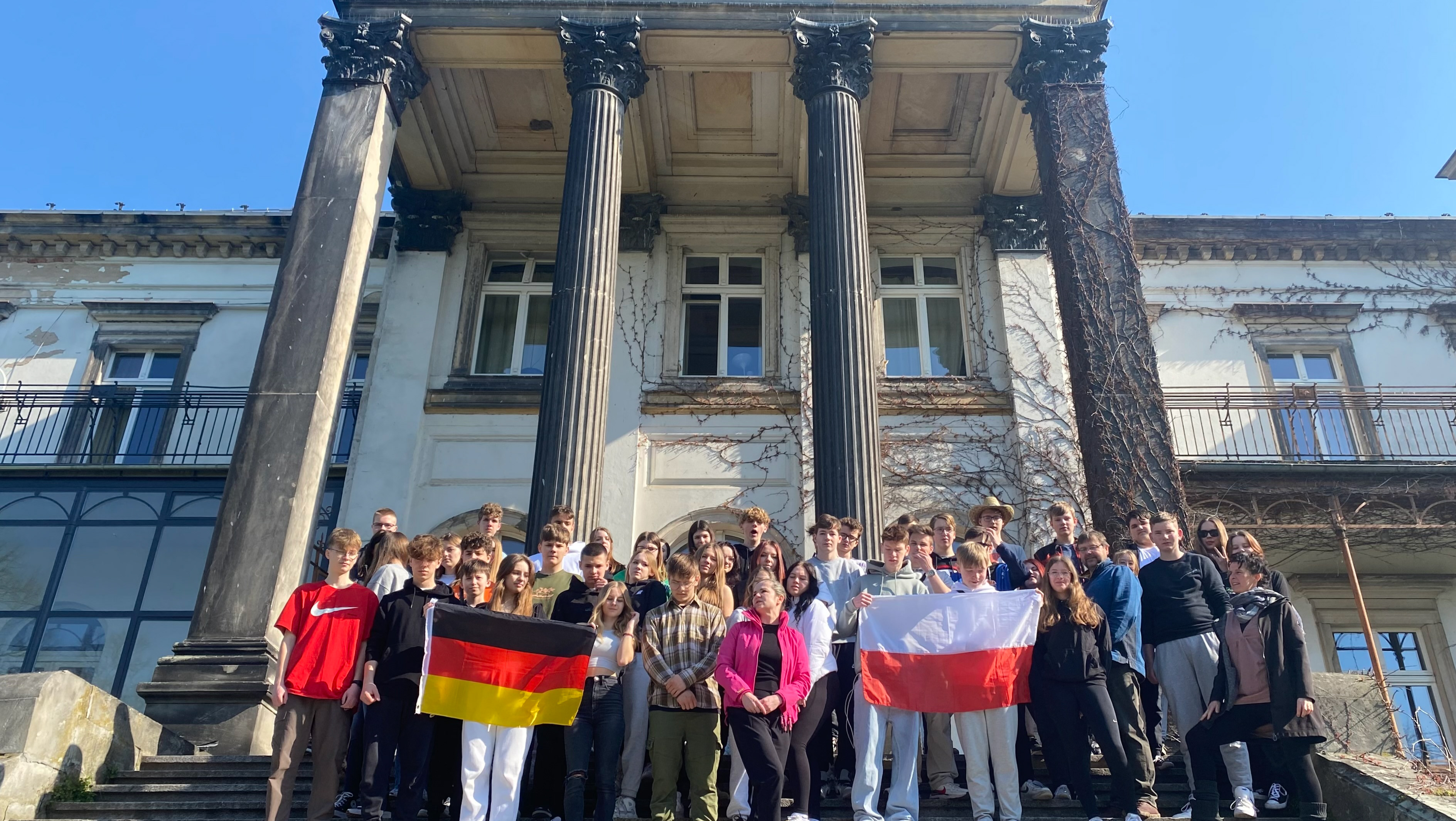Research project completed as part of a Master's thesis at the Willy Brandt Centre for German and European Studies, University of Wrocław
In the 2020s, with Poland firmly integrated into the Schengen Area, the internal borders of the European Union often feel invisible. Crossing from one country to another—on foot, by car, or by train—rarely stands out as a significant act. This is especially true for the Polish-German border, which, despite a complex and painful history, is now easy to cross - even by wading through the waters of the Oder or Lusatian Neisse.
This research project was inspired by a cycling trip to Forst (Lausitz), a town once divided by the post-WWII redrawing of the Polish-German border. Its smaller eastern part, renamed Zasieki on the Polish side, no longer resembles a town - much of it was dismantled, likely to supply materials for the postwar rebuilding of Warsaw. What remains are fragments of bridges - ruins hidden in the brush along the riverbank. Standing on one such ruin, looking across to the active and inhabited German side, I felt a strong desire to cross - a desire complicated by the broken bridge beneath me.
This moment raised larger questions: How many bridges once connected Poland and Germany? How many were destroyed in 1945? How many were rebuilt? And how many people - then and now - have stood on one side, looking toward a place that feels simultaneously near and inaccessible?
I searched for answers and found them - before the war, the Oder and Lusatian Neisse were crossed by 104 bridges and footbridges, symbolizing a region deeply interconnected across linguistic and cultural lines. The destruction of these structures during and after WWII represented not only a loss of physical infrastructure, but also a symbolic severing of relations between two nations. Today, 43 bridges and footbridges connect Poland and Germany - fragile links that carry historical weight and raise questions about reconciliation, memory, and belonging.
As part of the project, I cycled along the Polish-German border following the course of the Lusatian Neisse and the Oder rivers. I photographed all the places where bridges currently exist, once stood, or where only ruins remain, and collected historical information about each of them.


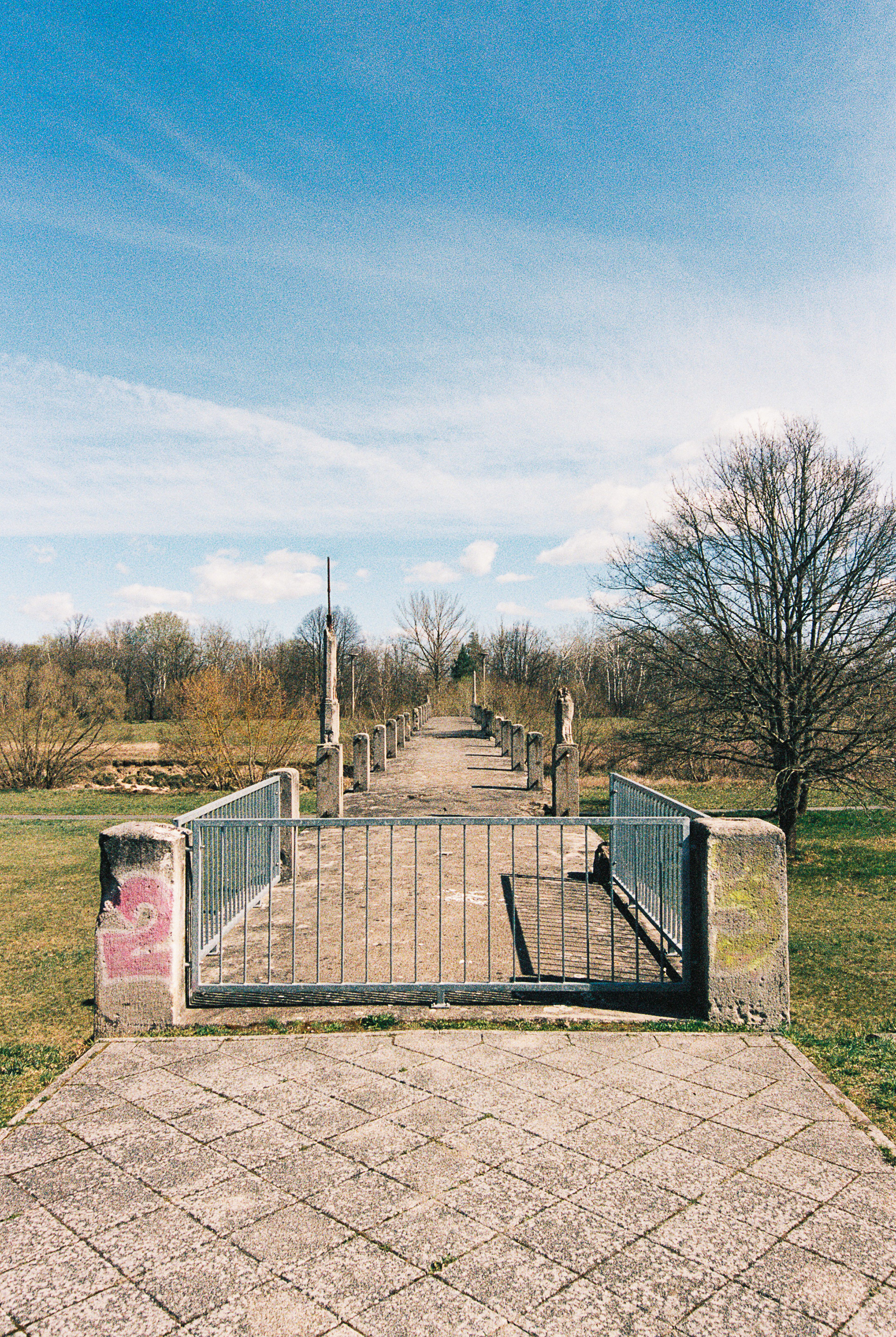

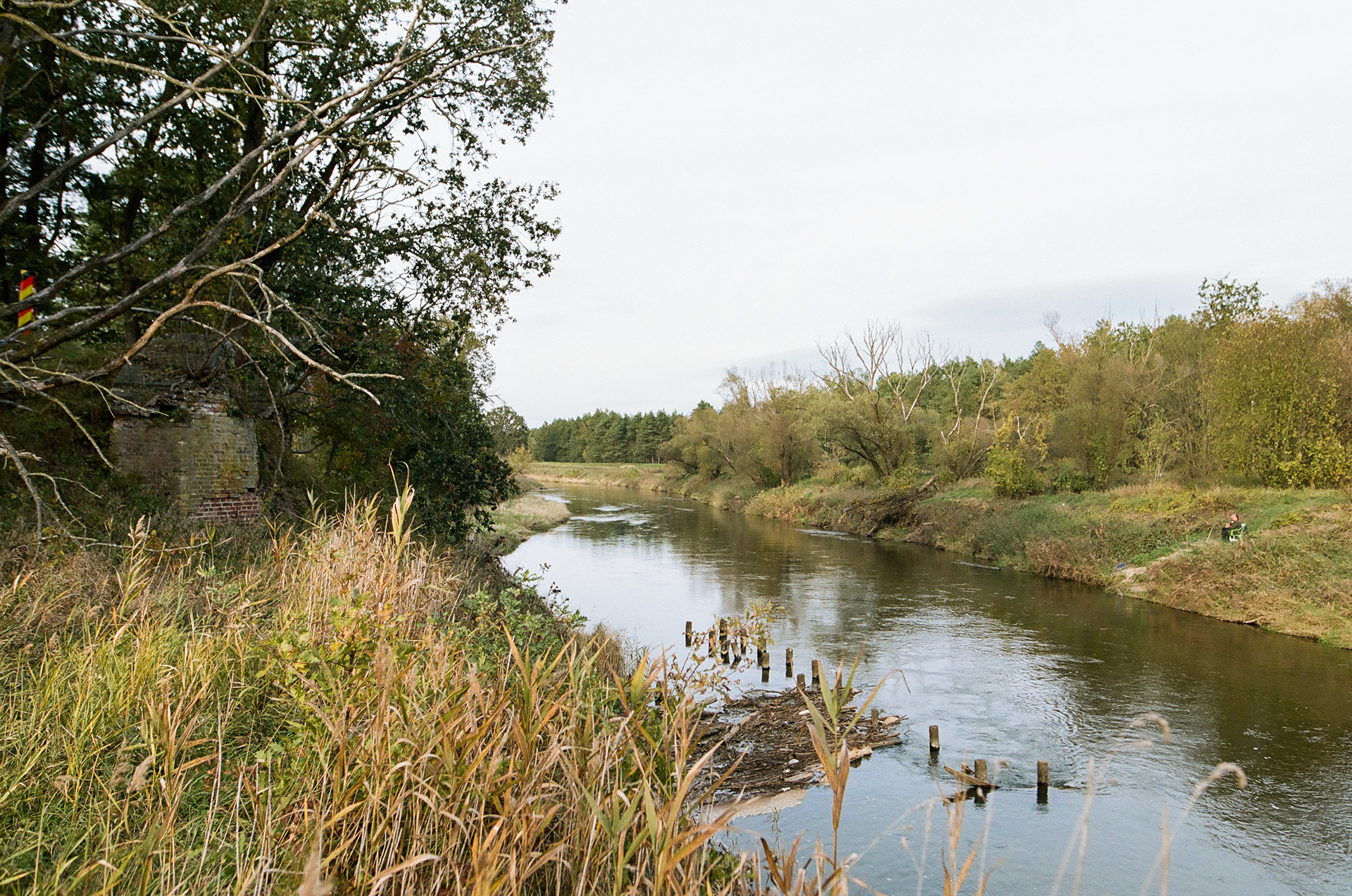

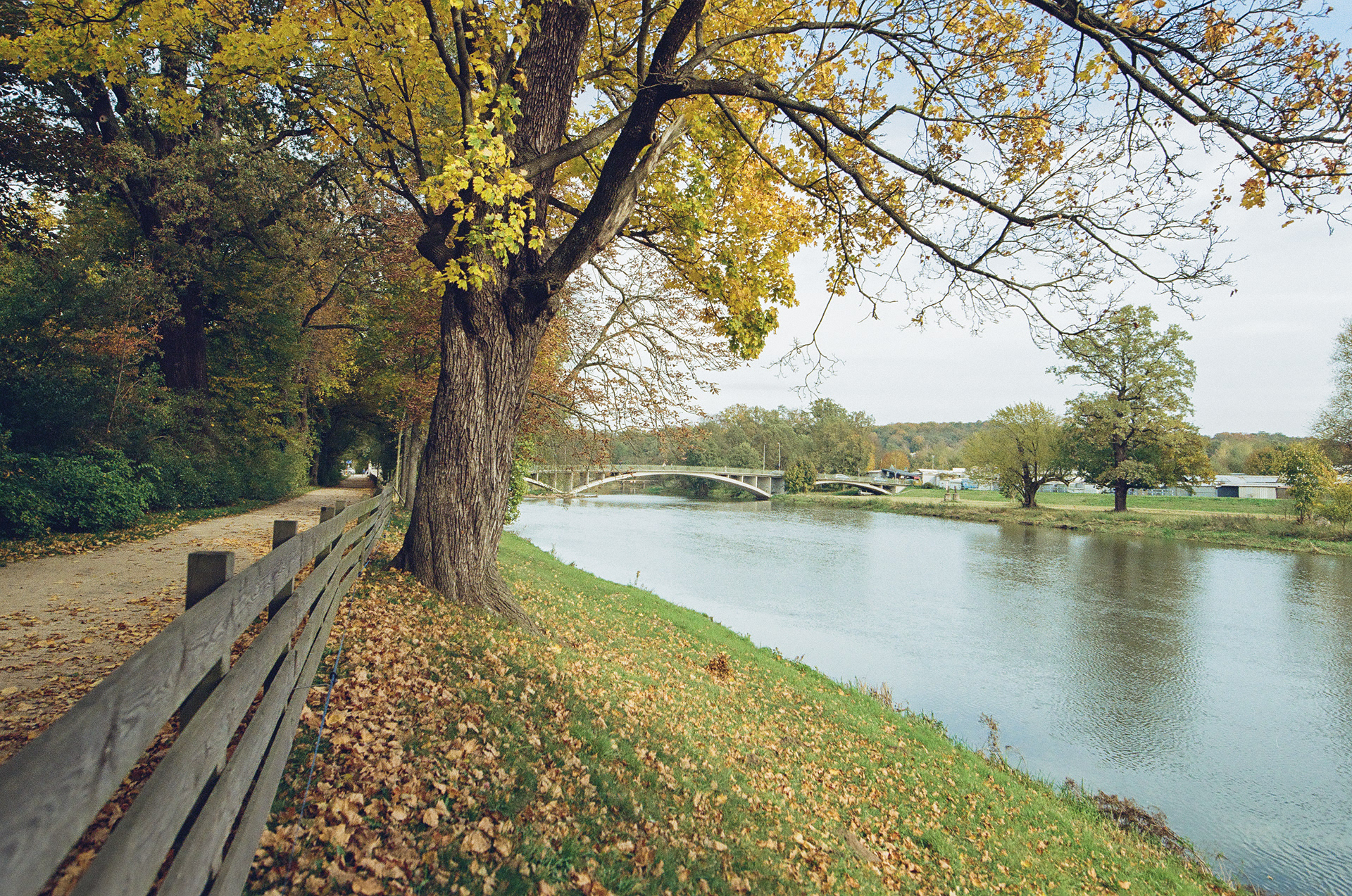

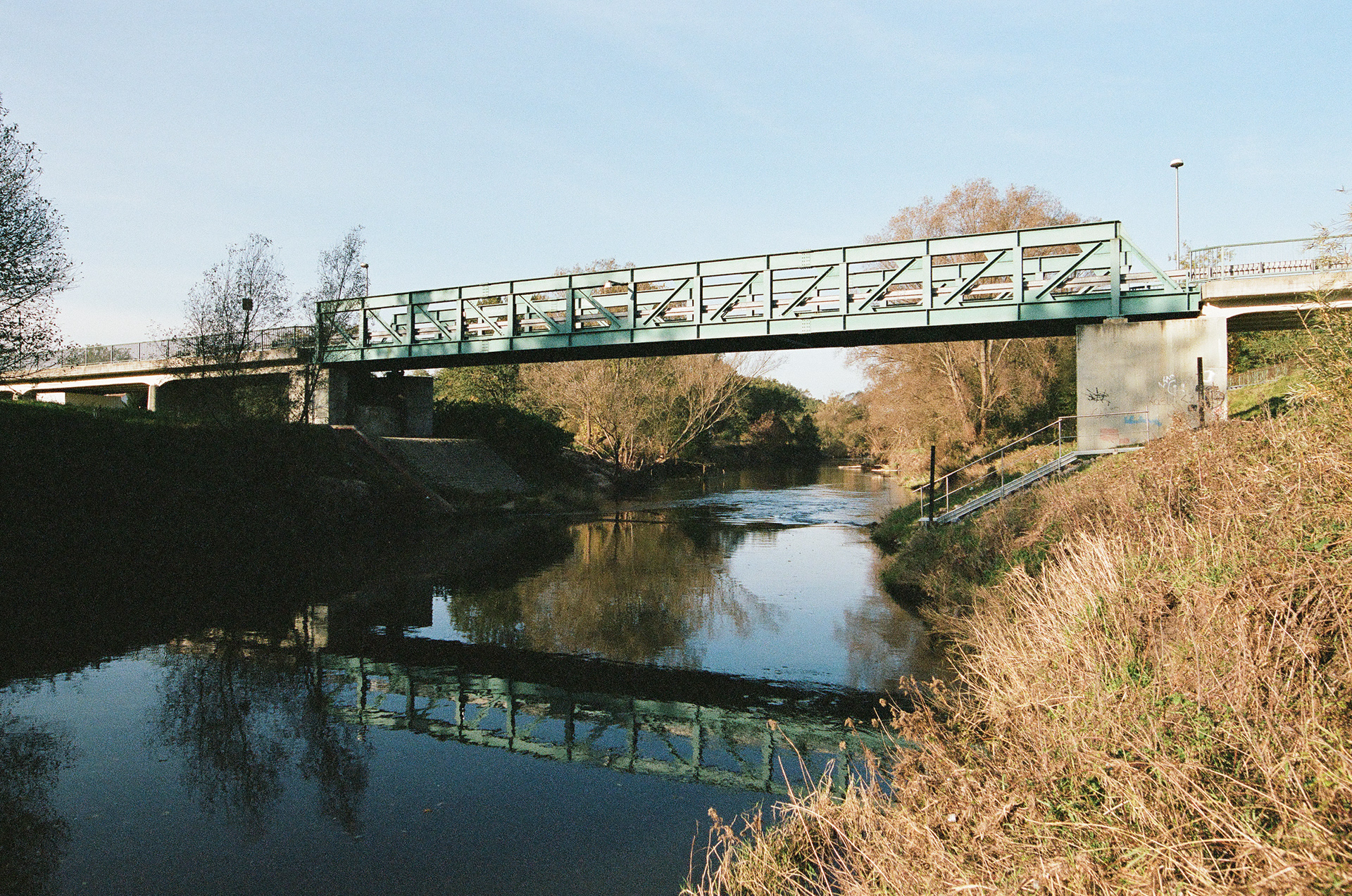

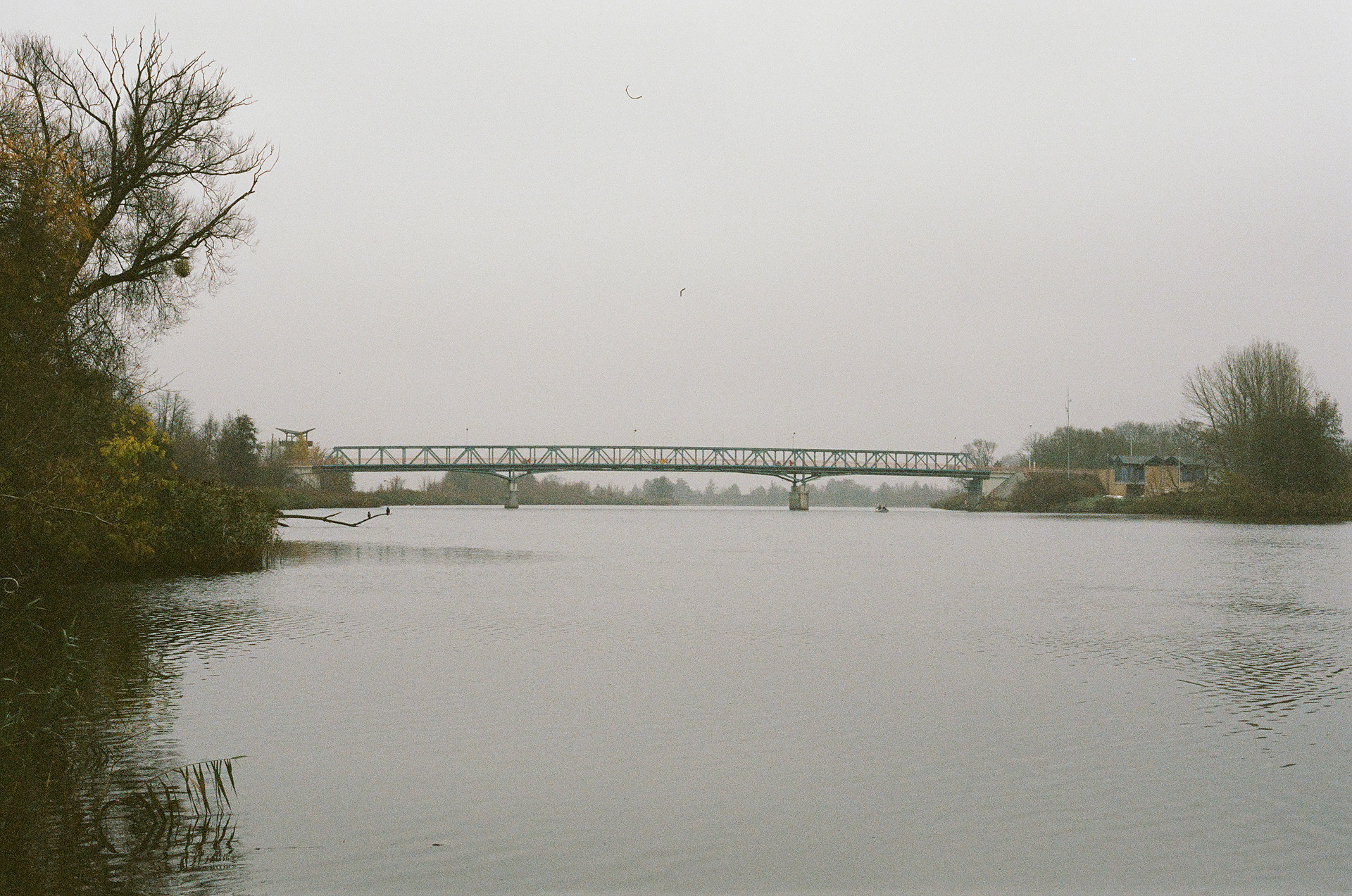
The project was presented at the 8th Schlesien-Kolloquium 2024 in Görlitz and the 10th Interdisciplinary Conference of DAAD-Funded Centres for German and European Studies in Porto Alegre, Brasil. In Brazil, I presented the project in the form of a research poster, which won the award for Best Poster at the conference. My photographs were shown in two solo exhibitions entitled “Granica przyjaźni // Freundschaftsgrenze” – in November and December 2024 at the Kontury Kultury Gallery in Wrocław, and in July and August 2025 at the Documentation and Exhibition Center of Germans in Poland in Opole (Centrum Dokumentacyjno-Wystawiennicze Niemców w Polsce/Dokumentations- und Ausstellungszentrum der Deutschen in Polen). The project was also included in Magdalena Kreis’s publication “ZIN REGION”.

